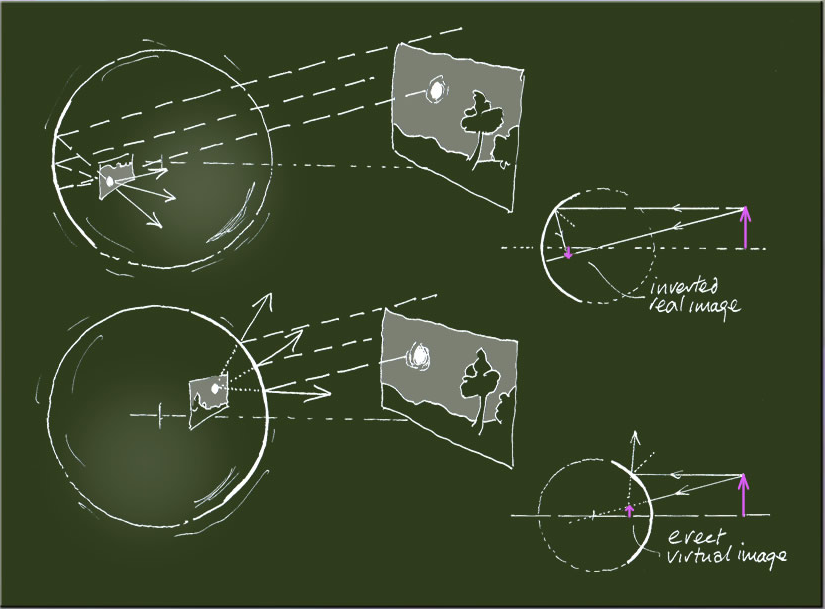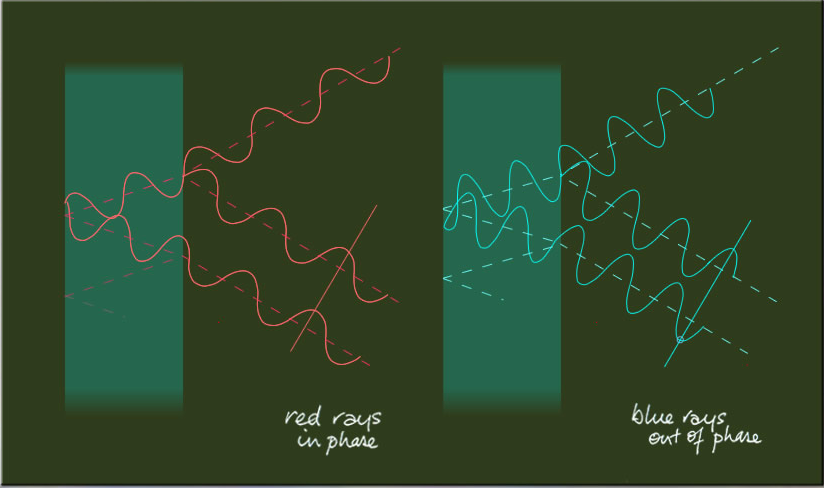Bubbles, interference and reflections - OPOD
Bubbles, Interference, and Reflections - A Fascinating Phenomenon
Bubbles have a captivating effect on both the young and the young at heart. As they gracefully float through the air, they shimmer with an ever-changing display of iridescent colors. These fragile spheres reflect the world around them in curious ways, creating mesmerizing visual effects. In this article, we will explore the intriguing interplay of bubbles, interference, and reflections.
The Enchanting World of Bubbles
Bubbles possess a magical quality that captivates our imagination. As they dance on gentle breezes, they serve as a temporary canvas for the surrounding landscape. However, there is more to bubbles than meets the eye. While the upper half of a bubble reflects the scenery like a mirror, the lower part presents a second image that is completely inverted. This fascinating phenomenon adds an element of surprise and wonder to the already enchanting world of bubbles.
The Dual Reflections
When observing a bubble closely, we notice that it has two distinct sides. The more distant side acts as a concave mirror, focusing the scene into an inverted real image. If we were to place a screen inside the bubble, this image would become visible. On the other hand, the near face of the bubble behaves like a convex mirror, similar to a car's wing mirror. Rays reflected from this surface create the illusion of a virtual erect image. The presence of these dual reflections adds depth and complexity to the visual experience offered by bubbles.
Unraveling the Mystery of Interference
The thin film of a bubble's skin plays a crucial role in creating its captivating colors. This film is only a few wavelengths of light thick, allowing light to reflect from both the front and back surfaces. The reflected waves from these two surfaces combine and interact with each other, resulting in an intriguing phenomenon known as interference.
- Interference occurs when waves of light overlap and either reinforce or cancel each other out.
- Different colors of light have different wavelengths, and therefore, they interact differently with the bubble's film.
- When waves of the same color are in phase (aligned), they reinforce each other, intensifying that particular color.
- In contrast, waves that are out of phase (misaligned) cancel each other out, resulting in the absence of that color.
The Ever-Changing Colors
As the bubble film drains and evaporates, its thickness decreases, leading to a captivating transformation of colors. This change occurs because the varying thickness of the film alters the way light waves interfere with each other. Different thicknesses cause different colors to become either reinforced or canceled out. Consequently, the vibrant hues we see on the surface of a bubble are a direct result of the interference patterns created by the thin film.
The Mystery of Black Regions
Have you ever noticed black regions on a bubble's surface? Contrary to what one might think, these areas are not holes but rather indicators of an imminent burst. When a black region appears, it signifies that the film has become thinner than a wavelength of light. At this point, there is almost no phase difference between the reflected waves. However, the 180° phase shift at the front reflection renders them out of phase, resulting in the absence of color and giving rise to blackness. These dark regions serve as a visual cue that the bubble is nearing its end and will soon pop.
In conclusion, bubbles are not just whimsical spheres that bring joy to our lives. They hold within them a world of optical wonders. Through reflections, interference, and ever-changing colors, bubbles offer us a glimpse into the complex nature of light and its interactions with the world around us. So the next time you encounter a bubble floating gracefully through the air, take a moment to appreciate the beauty and scientific marvel it represents.

Bubbles
An image by Brian Compton.
Bubbles enchant the young and the young in spirit. They soar aloft to dance on zephyrs. They shimmer with ever shifting iridescent shades. They reflect curiously the surrounding scene. We wish them life but know they will pop.
The upper half of this bubble reflects the landscape but the lower part is not the scene�s mirror reflection in a lake. Instead it is a second completely inverted image of the same view.
©Brian Compton, shown with photographer's and parental permission.

Reflections
Two sides to the bubble, two reflections.
The more distant side acts as a concave mirror. It focusses the scene into an inverted real image (put a screen there and it would be visible) inside the bubble.
The near face is a convex mirror like a car's wing mirror. Rays reflected from it appear to come from a virtual erect image.

Interference
The bubble skin is only a few wavelengths of light thick. Light reflects to us from the front and back film surfaces.
The two sets of reflected waves combine. For some colours and directions the waves are in phase and we see that colour. Other colours are out of phase and are not seen.
As the film drains and evaporates the thickness decreases and the colours change.
When a black region appears it is not a hole. However, it signals that the film is less than a wavelength thick and will soon pop. The film is so thin that there is almost no phase difference - but the 180° phase shift at the front reflection renders them out of phase and gives blackness.




Note: this article has been automatically converted from the old site and may not appear as intended. You can find the original article here.
Reference Atmospheric Optics
If you use any of the definitions, information, or data presented on Atmospheric Optics, please copy the link or reference below to properly credit us as the reference source. Thank you!
-
<a href="https://atoptics.co.uk/blog/bubbles-interference-and-reflections-opod/">Bubbles, interference and reflections - OPOD</a>
-
"Bubbles, interference and reflections - OPOD". Atmospheric Optics. Accessed on December 22, 2024. https://atoptics.co.uk/blog/bubbles-interference-and-reflections-opod/.
-
"Bubbles, interference and reflections - OPOD". Atmospheric Optics, https://atoptics.co.uk/blog/bubbles-interference-and-reflections-opod/. Accessed 22 December, 2024
-
Bubbles, interference and reflections - OPOD. Atmospheric Optics. Retrieved from https://atoptics.co.uk/blog/bubbles-interference-and-reflections-opod/.